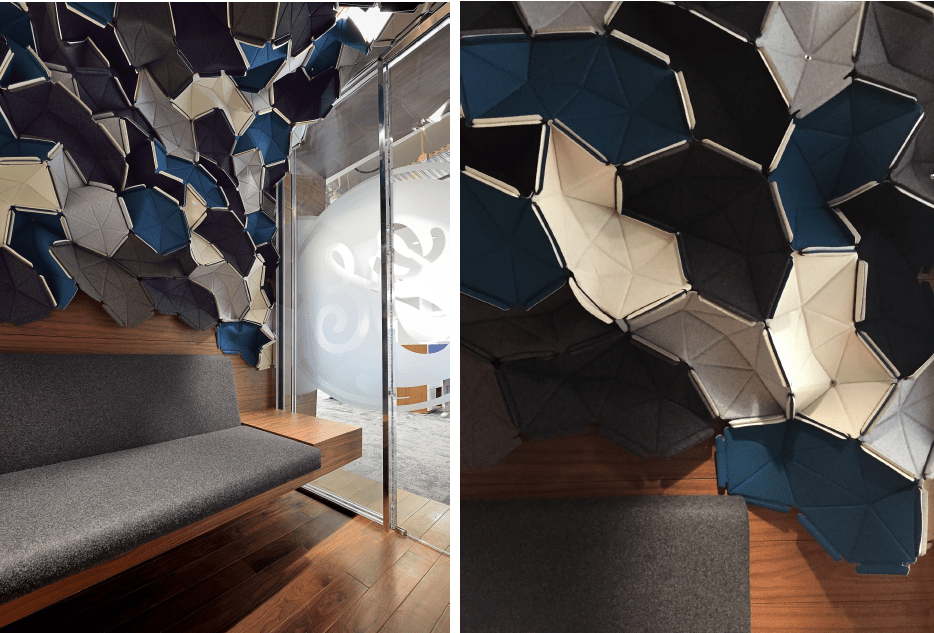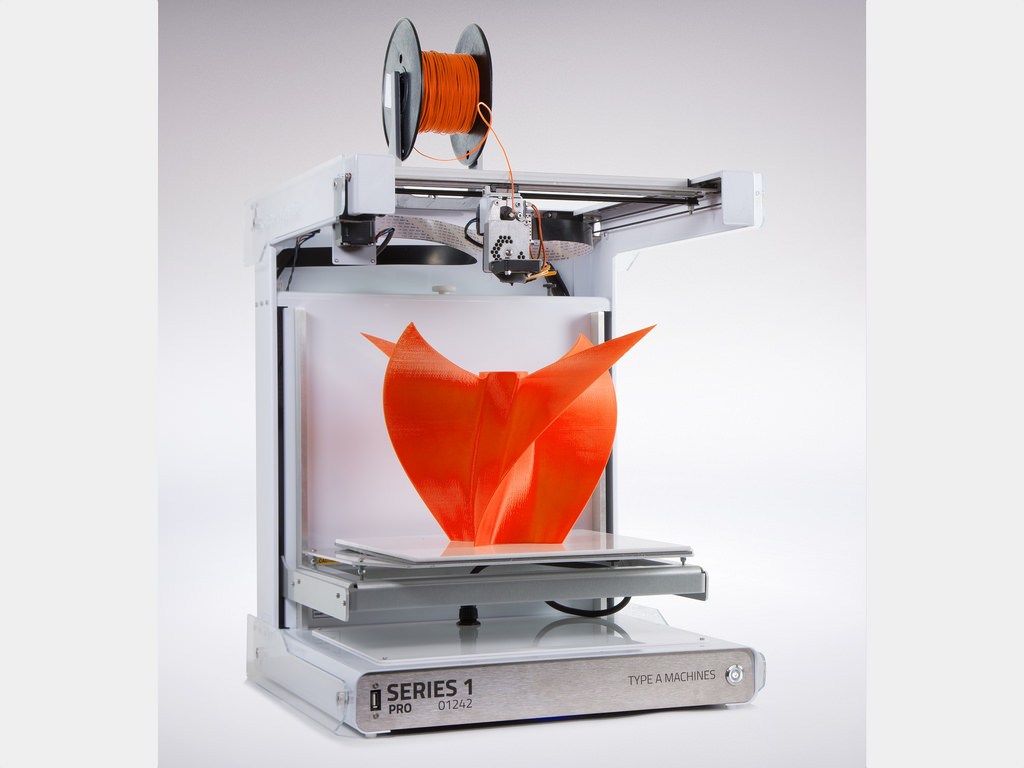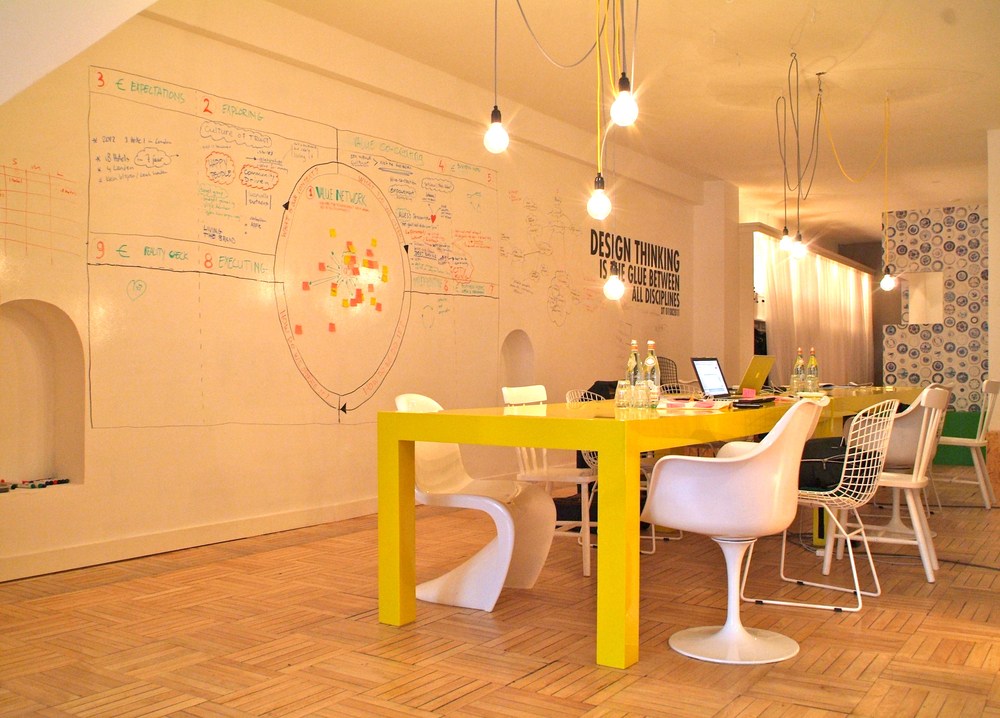Details
Acoustics - Have we heard enough?
05 May 2016“Distraction is the most corrosive disease of 20th century” - James Victore
I can’t see that being any different in the 21st century - While it is difficult to address all the latest distraction of this century in the book - that can range from watching cat videos on ‘Youtube’ to going on a ‘Connect’ mission on Linkedin, we can look at addressing sound in a variety of spaces.
So why is it that we can focus sitting in coffee shop buzzing with sound yet we struggle at our desk that’s boasting the latest global workplace strategies?
\Relevance : To know the relevance of something is to know why it matters or how it is important.
Virtually everything in our immediate vicinity at our workspace bare’s some relevance to our lives and if the sound is intelligible our minds can’t help deciphering the information’s relevance to us and how we need to process it. We are unfortunately multi-tasking even if we don’t mean to!
So let’s take a journey through some technical information before we arrive at some “Relevant” conclusions
Sound travels in waves! And because it doesn’t travel in straight lines, it’s a little difficult to contain. It’s light’s mischievous sibling. Once it’s created, it moves through its immediate space being reflected, absorbed and transformed at various speeds and efficiencies. Like everything in a workspace, it’s important to understand what you are using the space for to determine how to treat (manage) sound.
If we are looking to manage sound within a space, the common term referenced is NRC - Noise Reduction Coefficient.
If we are looking to manage sound between spaces, the common term referenced is STC - Sound Transmission Class.
The Golden Rule of Acoustics
Also known as the ABC’s of sound -
Absorb
Block
Cover
There you are, all caught up on Acoustics!
Ok, we aren’t there yet, but we have accounted for some of the most important concepts when working with spatial sound. We’ve spoken about Open offices’ throughout this book. Each space has an application. Let’s take a bank of desks referred to as “Open Plan Workstations” (picture) - it’s a necessary evil since the demand for space and real estate costs just don’t add up :)
From the picture we can see there is a screen separating the two subjects which cover the first two aspects of the Golden Rule. The screen's purpose is to absorb and block of direct sound, how effective this depends on the material used in the screens and bunch of other variables. As you can imagine, sound moves across all three dimensions, so the answer is not always so simple. For the sake of simplicity, our aim is to absorb & block of direct sound and technically a screen high enough with an NRC rating of 1.0 (more on this later) should be able to do it.
Rule of thumb: While looking to absorb sound, it’s always important to address the direct path of sound and then follow it up with its first reflection point and the next and you guessed it, the next.
So why do we want our NRC rating to be as high as possible? - To avoid DISTRACTION!
The key to audible distraction is an intelligible conversation. The more we understand of the conversation around us, the more distracted we are. The only logical way around it is to make the conversation as unintelligible as possible. We do that by absorbing some of that sound which drop the overall volume and depending on the type of screen helps deflect some of the sounds as well.
When looking at absorbent (in relation to sound) materials it’s important to get the NRC rating of the product. The Noise Reduction Coefficient calculates the average rate of absorption across the four frequencies - 250Hz, 500Hz, 1000Hz, 2000Hz
A perfectly reflective space with no absorption qualities will have an NRC rating of 0, while an NRC rating of 1 indicates perfect absorption.
As you can imagine plastering your entire space with material with a high NRC rating can be quite expensive and impractical, hence, it’s important to have a strategy for each space based on what you are trying to achieve. Some of the important items to consider while designing a space keeping Acoustics in mind are:
Ceiling
Are you considering a false ceiling a bulkhead or an exposed ceiling? Each of these has its own absorption rates, with the false ceiling giving you the most flexibility to pick materials from while an exposed ceiling can look great but be the most challenging to deal with when managing sound.
Screens / Baffles
Do you have dividing screens to separate departments and workspaces? Mesh screens may look aesthetically pleasing, however, it’s important to consider better absorption materials when considering a possible loud co-worker or sitting too close to the sales department.
Flooring
Your choice of flooring can either help with the acoustics or add to the problem. With the choice of materials we have today, decisions are mostly based on a design theme. From the pristine hardwood floors of a hotel lobby to a stone finish in a museum or a plush carpet in an executive office, they each have their purpose. However, acoustically carpet trumps every time. A designer usually would have to supplement the space with other acoustic products if they are choosing to move away from the carpet.
Sofas / Cushions
It’s always advisable to break up a workspace with some soft seating. It gives the team a different environment to work which often boosts productivity and gives designers a chance to add some color to the space, while absorbing some of that unwanted sound.
Acoustic Panels
Acoustic Panels come in a variety of different shapes and sizes. These are usually added to a space when the above factors are not enough to manage sound. Three-dimensional panels can be added to deflect sound making it unintelligible while absorbing the problematic sound frequencies.
We can break a workspace into 5 separate areas:
Quiet
Work Desk
Collaborate
Relax
Meeting
Kitchen
Each of the above spaces has a specific function, its corresponding acoustic issues related to it and appropriate solutions. Like each item topic in this book there is no blanket solution across all areas - Sorry no cheat notes here. Each space has to be addressed individually and designed accordingly to achieve a higher comfort level, improve branding and loyalty and most of all a boost in productivity.




